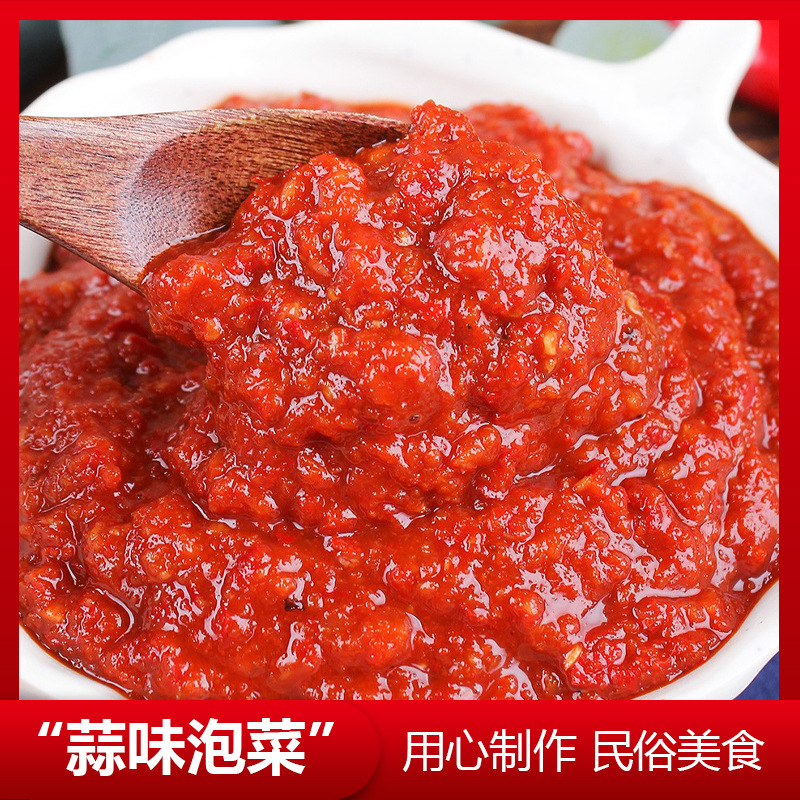Blue peacock hatching effect check
Currently, the hatching process of blue peacock eggs is frequently monitored using the "hatching effect" method. During this process, the incubation room should be kept dimly lit, and a slightly larger egg candler is typically used for inspection. Throughout the entire incubation period, blue peacock breeder eggs are usually examined three times to ensure optimal development and identify any issues early on.
First Inspection
The first head shot is generally conducted on day 9 of incubation. This step is crucial for identifying viable embryos and eliminating non-viable or dead eggs. When inspecting, if the egg contents appear uniform with good light transmission, and the yolk shadow is small, it is considered a lean egg. If the egg shows a spider-like network of blood vessels and the embryo moves slowly as the egg is rotated, it indicates a healthy, developing embryo. On the other hand, if the egg contains dark spots, blood rings, or appears uniformly dark, it is likely a dead egg. In such cases, the embryo may either remain still or stick to the shell when the egg is moved.
Second Inspection
The second screening takes place around day 15 of incubation. This step helps in removing any dead embryos that might have been missed during the first check. A live embryo will show thick, evenly distributed blood vessels with a bright color. The bottom of the egg (the sharp end) should not be completely transparent, and the air cell should be located near the edge. Live embryos are active and responsive. Conversely, dead embryos often appear cloudy, with atrophied or absent blood vessels. Dark, blocky shadows can be seen in the center of the egg, and these move as the egg is rotated.
Third Inspection
The third inspection is typically done in conjunction with the "falling disk" test, which occurs around day 25 of incubation. At this stage, a healthy embryo will appear black against the background of the incubator, with a large and clearly defined air cell that has a curved boundary. Sometimes, small flickering shadows can be seen along the edges, and faint clamshell sounds may be heard. In contrast, dead embryos will have a small, flat air cell, dark blood vessels, and no signs of movement. The egg will feel cooler to the touch compared to a healthy one.
After each inspection, adjustments can be made in the hatchery based on the observed development of the embryos. These modifications help improve the overall hatching success rate and ensure better outcomes for the blue peacock breeding program.

Garlic Flavored Kimchi,Korean Cuisine,Spicy Garlic Kimchi,Garlic Kimchi
Yanbian Jingangshan Food Co., Ltd , https://www.ybjgsfood.com